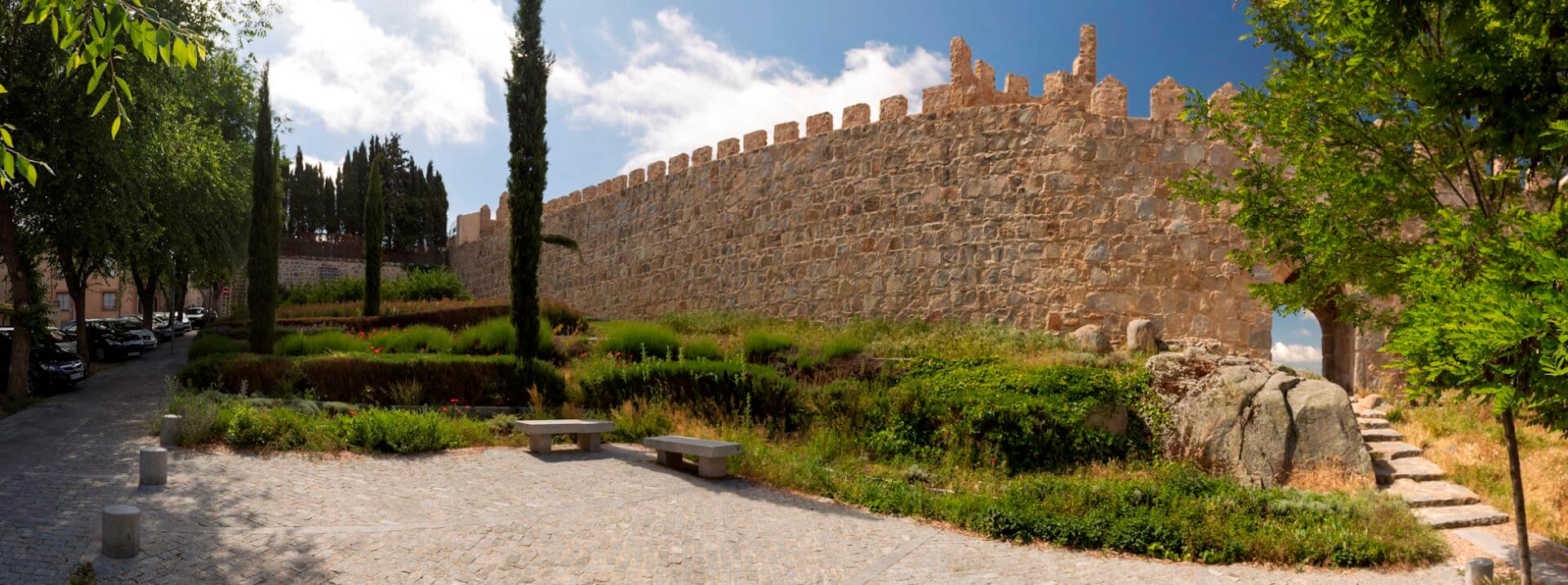
Born in León (which explains part of his name), his devotion to the study of the Jewish religion from an early age led him to travel constantly around the most important Jewish quarters on the peninsular. He was also a rabbi. It is known, for example, that he lived in Guadalajara for a certain amount of time.
When he reached the age of 30 years, he started to publish his works (approximately 25 during his life), which are considered fundamental in Judaism. His most famous work is the Book of Splendour, one of the most important in the Kabbalah. It is a kind of novel with comments on various parts of the Bible. To help with the setting, the text is written in the Aramaic language to make it look like it had been written by a rabbi from ancient times.
Indeed, Moshé’s adventures around the Jewish quarters of Spain were also somewhat apostolic and he used them to spread the word since, at the time, there were two different ways of understanding Judaism. On the one hand, the most orthodox believers proposed a literal interpretation of the Scriptures and they were particularly supported by the most financially powerful sectors. On the other, there were those who upheld the exaltation of poverty and nature as a form of godliness. The latter received more support from the lower classes and also from our adopted son of Ávila.
In 1295, he stopped travelling and settled in Ávila, living in the house of the rich and influential Yuçaf de Ávila. While he was there, he reached a sufficient level of peace and serenity to finish El Zóhar. He lived in his Ávila home until his death. As chance would have it, he died in Arévalo in 1305, after he had travelled to this Ávila town to meet up with another Jewish theologian.
It was no coincidence that he chose our town, since the local Jewish quarter was one of the largest in the country and the Jewish population was particularly numerous and influential and, therefore, not so scorned as in other places. And, of course, Ávila influenced his writing, if only through the climate of coexistence between the three ethnic groups that lived on the peninsula.
Today, Ávila still shows signs of its Jewish past. In town-planning terms, the simple layout of the areas in which they lived (the Jewish quarters) show the intricacy of the small streets in which they dwelled. However, it was a large community (at least 20% of the population) that lived in areas to the north of the town and, in the later years, to the south, around the church of San Juan. Their business, trade and workshops were located in the centre inside the walls. We know more or less where their synagogues and the houses of some of their rabbis were located. Inscriptions have survived to modern times and their cemetery has been recently discovered. It is considered as the largest Jewish necropolis in the country.
The documentation that has been conserved shows that many of the anti-Semitic measures that were ordered in the peninsula at the end of the Middle Ages were not implemented in Ávila. They were many in number, some of them were influential members of society and the coexistence was maintained. Indeed, orders were handed down to ‘protect’ the Jews of Ávila. However, the general anti-Semitic process led to the famous Expulsion Order of 1492 (the only copy of the order sent from Granada to the Kingdom of Castile is conserved in Ávila), which meant that Ávila lost a significant part of its population and its social vitality.
As a tribute to Moshé de León, there is a pretty garden named after him next to the Gate of La Malaventura (an area in which much of the Jewish community in the town lived before they were expelled)














